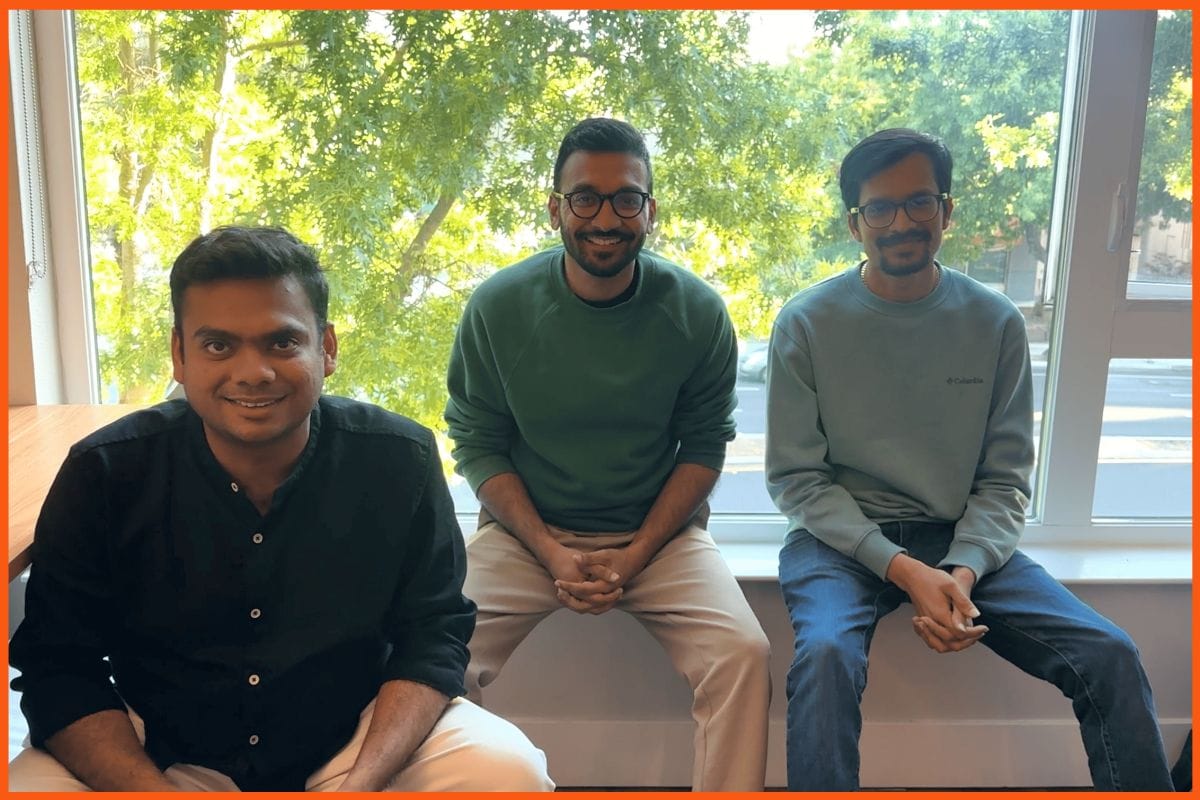A Decade Of UIDAI (2009 – 2019): Challenges And Impact
🔍Insights
The Unique Identification Authority of India (UIDAI) is a statutory authority establish under the provisions of the Aadhaar Act 2016 from 12th July 2016 by the Government of India, under the ministry of Electronic and Information Technology. Prior to its establishment as a statuary authority, UIDAI was functioning as an attached office of the then Planning commission and was established a decade ago on 28th January 2009.

UIDAI was created with the objective of issuing a Unique Identification Number (UID), named as Aadhaar to the citizens of India. The UID had to be robust enough so it would eliminate duplicate and fake identities and also verify and authenticate in an easy, cost effective manner. The authority has so far managed to issue more than 124 crore Aadhaar numbers to the residents of India.
After the Aadhaar Act 2016, UIDAI is responsible for operation and management of all stages of Aadhaar life cycle, developing the policy, procedure. And also to systematically issue Aadhaar numbers to individuals and perform authentication and the security of identity information and authentication records of individuals.

The Vision and Mission of UIDAI
The vision of UIDAI is to empower resident of India with a unique identity and digital platform to authenticate anytime and anywhere.
The mission of UIDAI are
- To provide for good governance, efficient, transparent and targeted delivery of subsidies, benefits and services, the expenditure for which is incurred from the Consolidated Fund of India, to residents of India through assigning of unique identity numbers.
- To develop policy, procedure and system for issuing Aadhaar number to residents of India, who request for same by submitting their demographic information and biometric information by undergoing the process of enrolment.
- To develop policy, procedure and systems for Aadhaar holders for updating and authenticating their digital identity.
- Ensure availability, scalability and resilience of the technology infrastructure.
- Build a long term sustainable organization to carry forward the vision and values of the UIDAI.
- To ensure security and confidentiality of identity information and authentication records of individuals.
- To ensure compliance of Aadhaar Act by all individual and agencies in letter and spirit.
- To make regulations & rules consistent with the Aadhaar Act, for carrying out the provisions of the Aadhaar Act.

Some of the main functions of UIDAI are according to the Aadhar Act of 2016 are:
- Specifying the regulations, demographic and biometric information required for enrolment and the process of verification.
- Appointing of one or more entities to operate the Central Identities Data Repository
- Generating and assigning Aadhaar numbers to individuals and authenticating Aadhar number.
- Maintaining and updating the information of individuals in the CIDR in such manner as may be specified by the regulations
- Omitting and deactivating of an Aadhaar number and information as specified by regulations.
- Specifying the manner of use of Aadhaar numbers for the purpose of providing or availing benefits, services and other purposes for which Aadhar numbers may be used.
- Calling for records and information conducting inspections, inquiries and audit operations for the purposes of Aadhaar Act of CIDR.
- Data management, security protocols and other technology safeguards under Aadhaar Act.
- Levying and collection of the fees or authorizing the registrar, enrolling agencies or other service providers to collect such fees for the services provided by them.
- Setting up of facilitation centers and grievance mechanism for redressal of grievances of individuals, Registrars, enrolling agencies and other service providers.

The challenges of UIDAI are
Biometric Challenges - No single biometric modality is sufficient for uniqueness guarantee. As it needs facial photo, eight to ten fingerprints and possibly iris. The problems with that is that significant percentage of the population will not have a desired biometric pattern: children below 8 years old. Enrollment “kit” that contains everything for a mobile unit. Simple training of enrollee such as video when they are waiting in line for enrollment.
Rural Biometric Challenges - Fingerprint is socially acceptable, but it requires physical contact. Manual labor, dirty hands, assistance needed to capture prints result in large number of errors or missing prints. When it comes to iris scan it is better technology because it is touch less, but needs camera redesign for rural environment. Need improved user friendly capture to enroll in the open. Its needs in situation monitoring for enrollment and continuous monitoring.
Biometric De – Duplication - Assuming 10 fingerprints for each and every person. A duplication search requires every fingerprint to be compared against entire database. Assuming a peak load of 1 million enrollments/day at database size of 800 million.
Architecture Challenges - The architecture challenges includes distributed computing, cloud computing and virtualization, in memory databases and optimizing for computation and network.
Network Infrastructure – Since rural internet connectivity is very poor the government must work on getting a better mobile network for the rural areas. Enrollment client must work in offline mode and batch upload when connected. It should ride on credit card POS networks.
Security and Fraud Detection – It make it secure for client, the server must be able to detect and prevent intruders. It should detect fraud on audit trails. Make automatic alerts like credit card alerts based on suspicious patterns.
Managing multiple risks – It manages multiple risks such as Adoption, Enrolment, Political, technology, scale, sustainability, privacy and security.

The impact of UIDAI and Aadhaar
Over 90% of Indian adults are now enrolled in the Aadhaar program making the total about 1.2 million people. It has become one of the pillars which people debate on the role of government in our lives. The value of privacy and how we should safeguard it, how public policy should be shaped and implemented and whether technology is being truly harnessed in the best interests of the citizens.
Identity is important
Aadhaar enrolment has been de- linked from a person’s nationality and is instead available to all residents. In order to be eligible for enrolment an applicant does not have to prove their Indian citizenship, they must only provide proof of residence for at least 182 days. The Aadhaar has identity first approach and the number itself does not establish nationality or confer any rights or benefits and only establishes who the person is.
Focus on Inclusion
A central debate in India over Aadhaar has been on its claims towards inclusion. It points out vulnerable section of the population as there are many people that have been excluded from individual legal identity, now have an access to a nationally and widely recognized form of identification e.g. the poor migrants, tribal population in remote areas, transgender individuals and the homeless.
Make privacy a priority
The Aadhaar was implemented without a framework of data protection and privacy legislation in place, and it is missing in India even today. As a result, while the central repositories of UIDAI have not been breached, the demographic information collected for issuing Aadhaar cards, and the Aadhaar number itself, have been subject to multiple disclosures by government bodies as well as through fraudulent means.
There was a lack of clarity on the status of information and the rules on how it was to collected, handled and disclosed. Limited data collection for specific purposes and controls on the retention of data, must be incorporated into the program, in the design of the technical system and also in the rules for every partner and agency related in handling identity related data.

Technology choices and their costs
The Aadhaar program costs US $1.16 per enrolment which is the lowest of any identification program in the world. In other parts of the world the costs are as high as US $6 for enrolment and up to US $5 per identity card, which developing countries cannot afford. This makes the system dependent on connectivity for authentication and enrolment which is difficult to adopt for countries with lower mobile and internet usage.
Which is why UIDAI introduced offline verification in 2018 through a digitally signed copy of demographic information on a QR code on the Aadhaar card. It enabled local authentication without connecting to the centralized database and also addressed the issue of fraudulent Aadhaar cards.
Financial Inclusion
When trying to assess the impact of the Aadhaar system, 2 instances are very significant the PDS, where the benefits are disputable and the financial services where its role is to accelerate KYC process in opening bank accounts. The Reserve Bank of India in 2011 recommended the use of the Aadhaar based e-KYC process for opening small bank accounts.
This received a boost in 2014 with the launch of the Jan Dhan Yojana, through which over 300 million accounts were opened using eKYC. An uptick in account usage was observed once cash benefits were directly transferred to these accounts, suggesting that the lack of an initial balance might be a deterrent
Must have tools for startups - Recommended by StartupTalky
- Convert Visitors into Leads- SeizeLead
- Website Builder SquareSpace
- Manage your business Smoothly Google Business Suite






